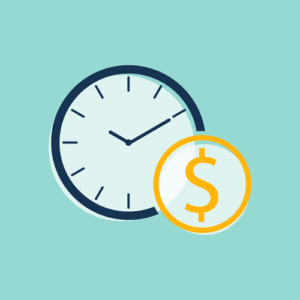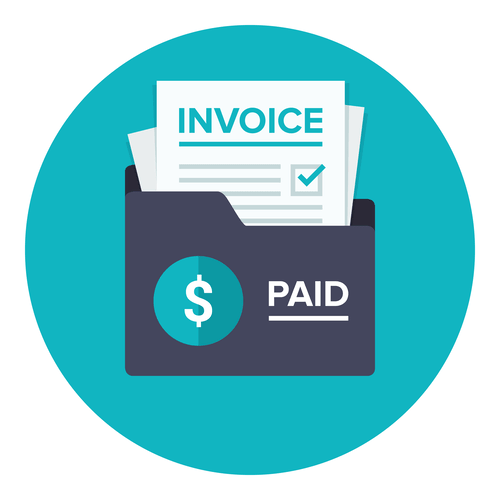7 Cash Flow Management Tips for Restaurants

Utilizing a restaurant cash management system empowers establishments to boost cash handling efficiency, achieve precise cash reporting, and reduce errors and discrepancies. It provides a streamlined process for managing cash flow, reduces the manual effort involved in cash handling tasks, and promotes better financial control and accountability within the restaurant. As we’ve shown throughout this article, the cash flow statement for a restaurant is a concise summation of the use of cash by your operation. It records whether your cash inflows are larger than your outflows (key for profitability) and shows you what funds are available for investment in the business, such as equipment purchases.
- The system facilitates the management of cash deposits by providing tools to prepare deposit slips, document deposit amounts, and reconcile deposit information with bank statements.
- Tools like accounting software and Cash Flow forecasting apps streamline financial tasks, improve accuracy, and enhance decision-making efficiency.
- By working with multiple vendors, you can negotiate better prices, compare offerings, and ensure a steady flow of goods and services.
- From writing the job descriptions that attract the right candidates to encouraging transparency during the interview process, ensure that you are attracting quality talent.
- You can break labor costs down as a percentage of revenue, as well as sales per labor hour (SPLH).
- Similar to reviewing your CoGS daily, running and reviewing your Profit and Loss (P&L) statement daily is key to staying on top of your financial health.
- While you are attracting candidates and doing your hiring, make sure to keep retention at the top of your mind during the entire process.
Cash Flow Management Tips for Restaurant Owners
It’s also nice to have a nest egg so you can rely on your savings instead of leaning on credit if there’s an unexpected expense. While your first few profit & loss reports may uncover patterns you didn’t want to address, knowledge is power! Your profit and loss statement will tell you exactly how much to need to trim from your expenses and distributions to get back in the black.
Income & Expense Statement or Profit and Loss Statement (P & L):
- Creating a cash flow forecast will allow you to predict sales and expenses a month or more in advance.
- Restaurant owners know that HR and payroll are especially complex within the restaurant industry, with factors like tipped compensation.
- Understanding cash flow is crucial for assessing the financial health and profitability of each venue.
- It encompasses sales revenue, operating costs, staff wages, and other financial transactions.
Regular monitoring helps you make informed decisions and spot potential issues before they become problematic. Account for repayments, interest, or any new financing that might affect your cash position. If you don’t make time for bookkeeping, you will lose financial control over the business. With up-to-date and accurate books, you can generate valuable spending reports and be in charge.
- For your customers, going above and beyond with COVID-19 risk mitigation is essential to instill customer confidence in your business.
- Recording the wages and salaries you pay is a large part of the cash outflows that fall in the operating activities section of the cash flow statement.
- Identify and project upcoming expenses, including fixed costs like rent and variable costs like inventory.
- You can also gain insight into your business by comparing actual figures to what you forecasted.
- Her goal is to drive revenue and profitability for her clients while still providing insight, guidance, financial foresight and industry experience.
- By pooling resources with other businesses, you can negotiate better terms and discounts from suppliers.
How does your cash flow statement help with restaurant profit?

As you look ahead to 2021, consider these 11 tips to strengthen your business’ foundation. You can’t know lies ahead, but with proactive, strategic planning, your restaurant https://www.bookstime.com/ can be well prepared. If you haven’t already, consider using QR codes to create a contactless menu viewing experience, or to enable online ordering from a customer’s phone.

If you’re managing more than one restaurant at a time, the last thing you want to do is flick between different platforms to track your cash flow. You need a way to streamline all your finances in one system, which is where a centralised financial system can help. Imagine if your forecast predicts a cash crunch in the coming winter months due to a usual slowdown in customer visits. Just like you have a specific recipe for your signature dish, you need a clear recipe, or policy, for payments.
How To Increase Your Restaurant Sales
Often restaurant cash management systems include security features to safeguard cash on-premises. These can include access controls, secure cash storage, monitoring mechanisms, and audit trails. By implementing such a system, restaurants can reduce the risk of theft, unauthorized access, and internal fraud.
- Consistent restaurant inventory management can solve many cash flow problems.
- There’s no fixed cash reserve amount that you should have—many financial experts recommend three to six months’ worth of expenses, but you should calculate what works best for your business.
- One of the most effective restaurant cash flow management strategies is forecasting sales and sticking to budgets.
- Negotiate beneficial conditions with suppliers, prioritise payments according to deadlines, and make use of any available discounts.
- Especially if you have been running a limited menu in 2020, ensuring that the items you are preparing have a high profit margin is essential.
Cash management systems often incorporate security features to protect cash on-premises. These can include secure cash storage compartments, access controls with user authentication, surveillance cameras, and audit trails. These measures enhance the security and integrity of cash handling processes. The system facilitates the management of cash deposits by providing tools to prepare deposit slips, document deposit amounts, and reconcile deposit information with bank statements.
Optimize Inventory Management
See how a better POS system can lead to better cash management for your business. Because restaurants can be seasonal or cyclical, it helps to have an option for what to do during a slow period. To make sure a low-cash Restaurant Cash Flow Management balance doesn’t prevent you from paying your bills, set up a reliable credit line with a trusted financial partner. Having access to cash when you need it can keep you in business if a slow period rolls in.
